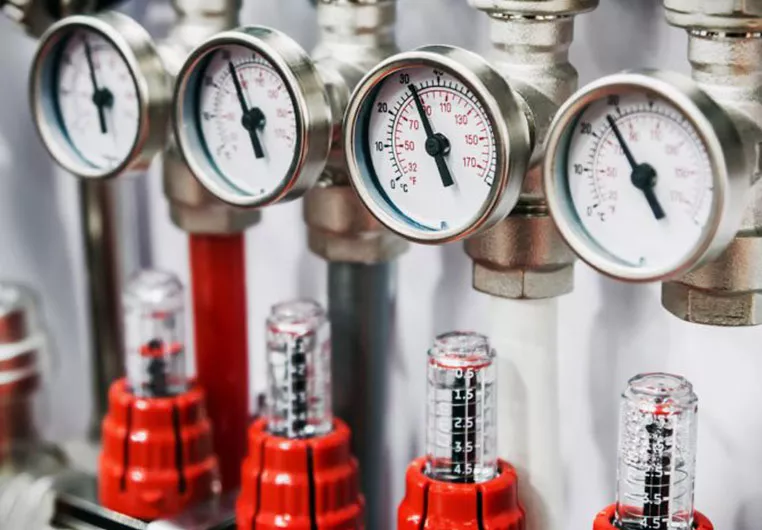foot valve 1
Understanding Foot Valves Essential Components in Fluid Management
Foot valves are crucial components in various fluid management systems, particularly in applications involving suction lines and water pumping systems. They play a significant role in ensuring the efficient operation of pumps and are widely used in agriculture, irrigation, and industrial processes.
A foot valve is essentially a type of check valve that is installed at the bottom of a suction line, typically submerged in water or other fluids. Its primary function is to prevent backflow, ensuring that the liquid remains in the system and the pump remains primed. By retaining water when the pump is off, foot valves greatly reduce the risk of air entering the suction line, which can lead to cavitation—an issue that significantly hampers pump performance and longevity.
Working Mechanism
The foot valve operates based on a simple but effective mechanism. It consists of a valve body, a strainer, and a disc or flap that is attached to a spring. When the pump is operational, the pressure of the fluid forces the disc to open, allowing water to flow into the suction line. However, when the pump is turned off, the pressure decreases, and the weight of the water in the suction line pushes the disc back into a sealed position. This prevents water from flowing back into the source, thereby maintaining the prime of the pump.
Importance in Various Applications
foot valve 1

In agriculture, foot valves are widely utilized in irrigation systems. They help maintain a steady flow of water from wells or ponds to the fields, ensuring crops receive the necessary hydration, especially in arid regions. In industrial settings, foot valves are often used in cooling systems, heating systems, and chemical processing, where accurate fluid management is critical to operational efficiency.
Foot valves also serve a protective role. The built-in strainer prevents debris from entering the suction line, which can cause blockage or damage to the pump. This can prolong the lifespan of pumping equipment and reduce maintenance costs, making foot valves not just a vital component, but also a cost-effective choice for many operating systems.
Installation and Maintenance
Proper installation of foot valves is essential to ensure optimal performance. It's crucial to install them at a depth that is adequate to avoid exposure to air, particularly during dry seasons or periods of low water levels. Additionally, routine maintenance checks are necessary to ensure that the strainer remains clean and that the valve operates smoothly. Regular inspections can prevent potential failures and costly downtimes.
Conclusion
In conclusion, foot valves are integral to fluid management systems across various sectors. Their ability to prevent backflow and maintain pressure in suction lines not only boosts the efficiency of pumps but also protects the entire system from operational failures. Understanding their function and keeping up with maintenance can lead to better performance and longer service life for pumps and other related equipment. Whether in agriculture, industry, or other applications, the value of foot valves cannot be understated. As technology advances, the design and functionality of these valves will continue to evolve, further enhancing their importance in fluid management systems.
-
3-types-of-check-valves-maintenance-tipsNewsAug.23,2025
-
ball-valves-types-with-trunnion-mounted-designNewsAug.23,2025
-
butterfly-valve-company-production-capabilitiesNewsAug.23,2025
-
fisher-globe-valve-technical-specificationsNewsAug.23,2025
-
types-of-gaskets-for-flanges-selection-guideNewsAug.23,2025
-
wedge-gate-valve-suppliers-quality-standardsNewsAug.23,2025
-
Breakthrough in Domestic Low Temperature Valve Technology in ChinaNewsAug.18,2025




